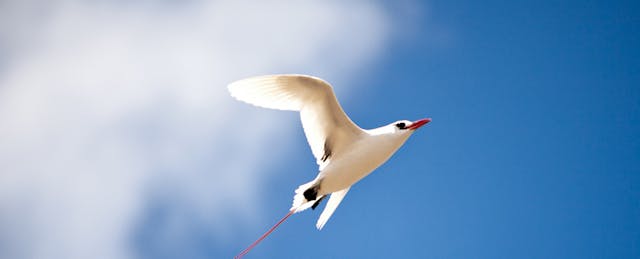Siddhartha Guatama, Indian religious leader, and founder of Buddhism eloquently said, “ A thousand mile journey begins with one step.” That quotation perfectly describes the journey of connected educators who have established networks of camaraderie never seen before in education. In fact, my first tweet (online Twitter message) was that quote from Siddhartha Gautama. We all start somewhere. It’s important to note that we, the connected educators, all had different reasons for embarking on the journey and becoming connected. Some saw it as an opportunity to learn and grow, others wanted to advance their careers, still others wanted to connect with like-minded educators throughout the world.
Getting Started
Embarking on a venture to become connected could challenge the establishment that has been in place for hundreds of years. Prior to social media, educators connected at conferences, on the phone, by e-mail, or at the local coffee shop. It’s only been a few years, but the term “connection” has taken on a different context. Although social networking is still in its infancy, there are already many trailblazers in our field who cleared the path to guide the rest of us. They explored all of the social networks, and as of this publication, narrowed it down to a few communication preferences: Twitter, Facebook, Google+, and Pinterest. Perhaps the most efficient and widely acclaimed of these social networks is Twitter.
Signing up for Twitter is extremely easy and only takes a few minutes. To use Twitter requires a few simple steps. Users choose a “handle” or name that they use to identify themselves to others. There are some educators who elect to use their own name, while others choose to use the name of their school, or district. The next step is for the new user to describe themselves in 140 characters or less. When prospective associates view the profile of another user, they establish if it is a match for them, and vice versa. In order to complete the profile, users then choose a profile picture. The connection possibilities are endless once the access to Twitter begins.
After developing your handle and a description of who you are, there a few items to consider in the first few days:
- Follow as many educators as possible;
- Have a secure password with numbers, characters, and a combination of capital and lowercase letters; and
- Download the Twitter app, if you have a smart phone, in order to have the learning opportunities at your fingertips.
Lurking and Learning
In the beginning, adapting to social networking can be daunting. Even when the user has access to thousands of educators, professionals, or even celebrities, the decision of who to follow, when to follow, where to follow, and why to follow comes along with a whole set of additional questions. One of the most highly regarded Twitter experts for education, Eric Sheninger, principal of New Milford High School, recommends that
New users to social media must take time to lurk and learn. This means they should follow a few educators and hashtags to get an idea of the information that is flowing. This process could take weeks, months, or even years, but the most important part is that you become connected.
Eric has written two books on the power of connection and presented at hundreds of conferences; his Twitter following of 65,000 people is one of the highest for educators and a testament to his expertise.
As recommended, during the lurk and learn phase, the newly connected educator has the ability to sharpen their learning exploring information generated from respected educators in news sources, blog posts, conferences, or even podcasts. I suggest that you dedicate ten minutes a day, three to four times a week for the first few months during this phase, which allows you to become exposed to a wide range of information. As you sift through this information, you inevitably will find other resources, and may also choose to expand your professional learning network (PLN).
In addition to following specific educators, there is a whole interconnected network of educators who are sharing information through (#) hashtags; a word or an unspaced phrase prefixed with the number sign (“#”). It is a form of metadata tag that helps people label or specify their learning. For instance, if a principal wants to start hearing from and communicating with other principals, they can follow the hashtag #cpchat (connected principals chat). Following the #cpchat allows new users to not only “meet” more connected educators, but also to start building their professional knowledge. By searching the #cpchat, they can also ask questions to fellow principals who may help by providing supplementary resources to explore, such as a blog or video.
In addition to following specific hashtags and connected trailblazers, new users also benefit from following organizations. All of the major educational policy, research, and professional organizations have established a Twitter presence. For instance, Corwin, one of the most recognized professional organizations dedicated to improving education through innovative books and research, has a social media presence. Through Twitter, Corwin promotes their books and conferences as well as blogs and videos designed for the connected administrator. By engaging with organizations on Twitter, the user does not have to wait to receive printed materials in the mail. Additionally, Twitter allows access and interactions with an organization to request materials and ask questions, and usually within minutes, an answer or resource is provided.


